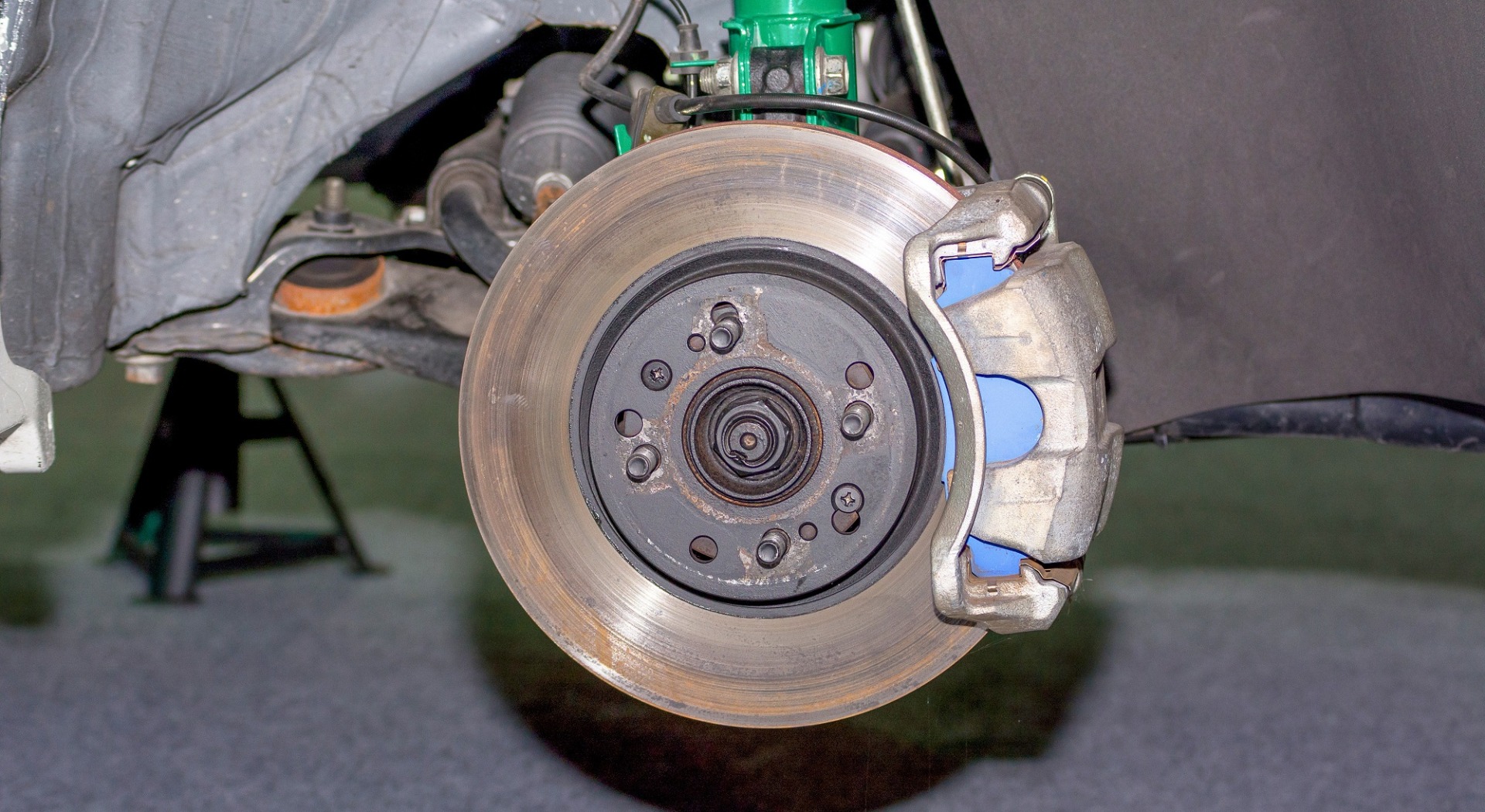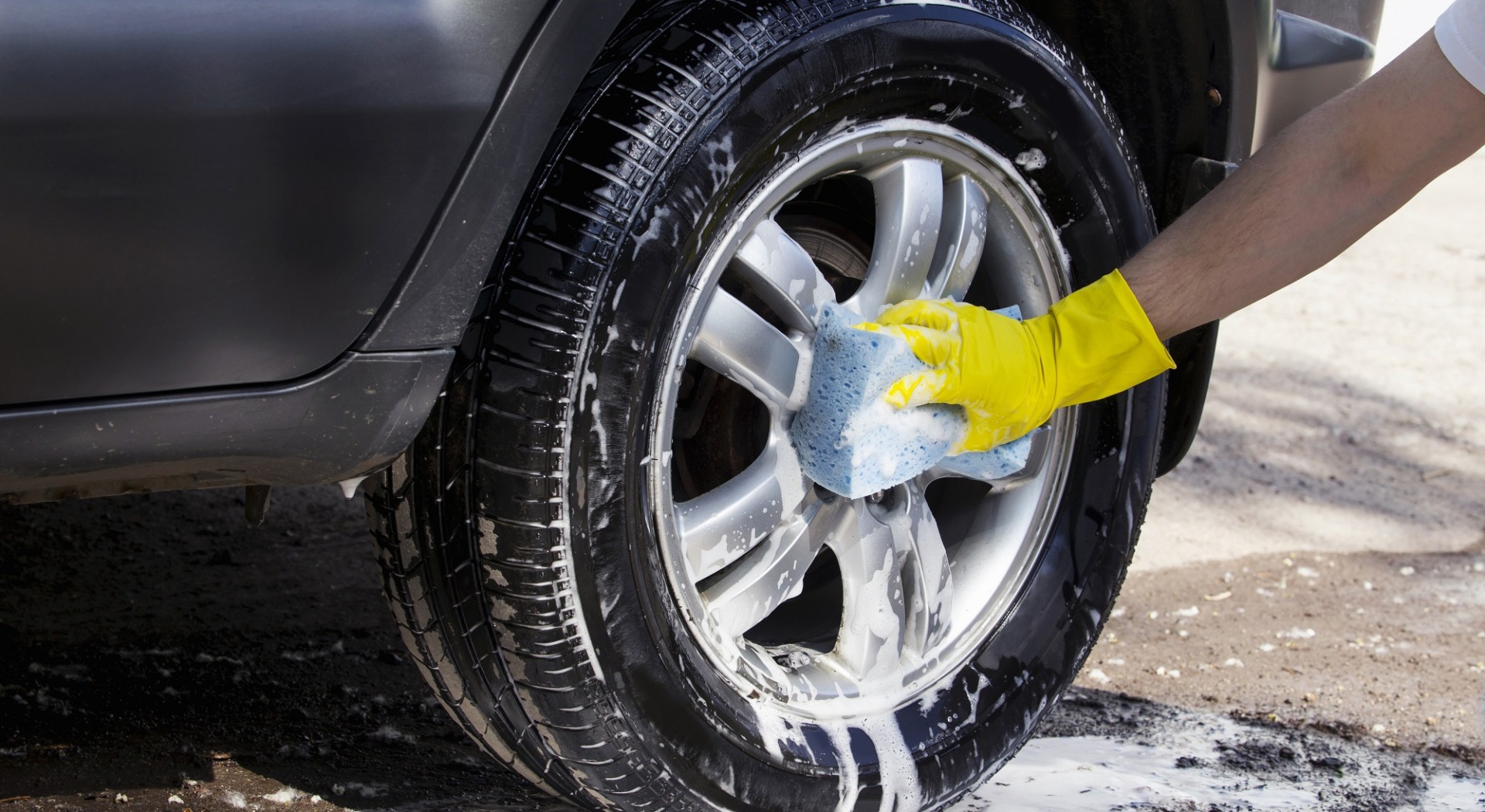By John Pedler
Published: Sunday, February 4, 2024
It’s no revelation to say that brakes are a vehicle’s most important component. Stopping more than a tonne of metal, plastic, glass, kids and groceries is a vital task that’s handled by a relatively small collection of car parts.
A clue that this vital safety feature is working hard, is the build-up of dust that accumulates on wheel trims and tyres.
What causes the dust?
When the brake pedal is pressed, two brake pads seated in a calliper on each wheel are squeezed onto opposite sides of a (usually) steel disc called a rotor. The friction created, slows down and eventually stops the car.
Some cars also have drum brakes (usually on the rear), which involves curved brake pads pushing against the inside surface of a hollow steel drum.
The side effect of this constant rubbing is the release of fine particles from the pads and, to a lesser extent, the rotor and/or drum.

This is the dark dust you see on wheel rims – and inside hubcaps – even if you haven’t been driving on dusty roads. If you ever have to change a tyre while wearing fancy togs, you’ll discover that sticky brake dust also builds up on tyres.
In the not-too-distant past, brake pad ingredients included a fair helping of fire-resistant asbestos. The airborne dust from the asbestos didn’t do the environment, car mechanics or the breathing public much good.
These days, there are three main types of brake pads: organic, semi-metallic and ceramic. They all have benefits and drawbacks – which is fodder for another article – but none of them contain asbestos. However, they all produce dust to varying degrees, with semi-metallic pads tending to be the dustiest.
You’ll likely notice more dust on the front wheels than the rear. This is because the car’s weight shifts forward during braking, meaning the front brakes do most of the work when stopping.
How do I clean the dust off?
Most importantly, wait for your car to cool down before touching the wheels. Brakes generate and can handle a lot of heat – bare skin, not so much.
Brake dust can usually be removed using a good-quality car-wash detergent and a sponge or cloth.

For heavier build up, you might need a sturdy brush and a dedicated alloy-wheel cleaner from an auto-accessory shop. Never use an abrasive scourer as it can damage wheel rims.
Don’t blow the dust off with compressed air. Although brake pads no longer contain asbestos, it’s best to avoid inhaling airborne particles of iron, resin, copper, and graphite, which are regularly used in modern pads.
This is filthy work, so avoid wearing your Sunday suit or favourite cocktail dress.